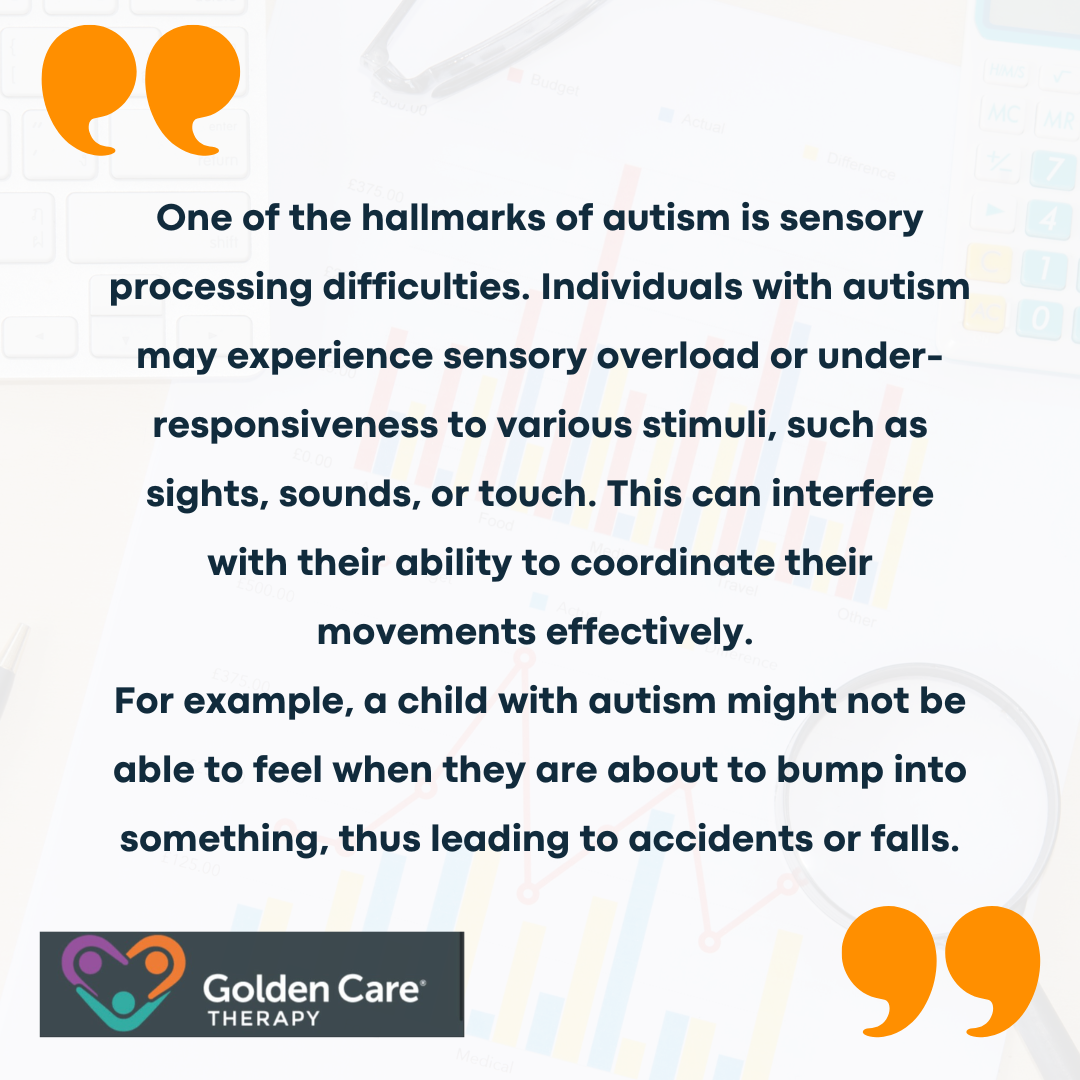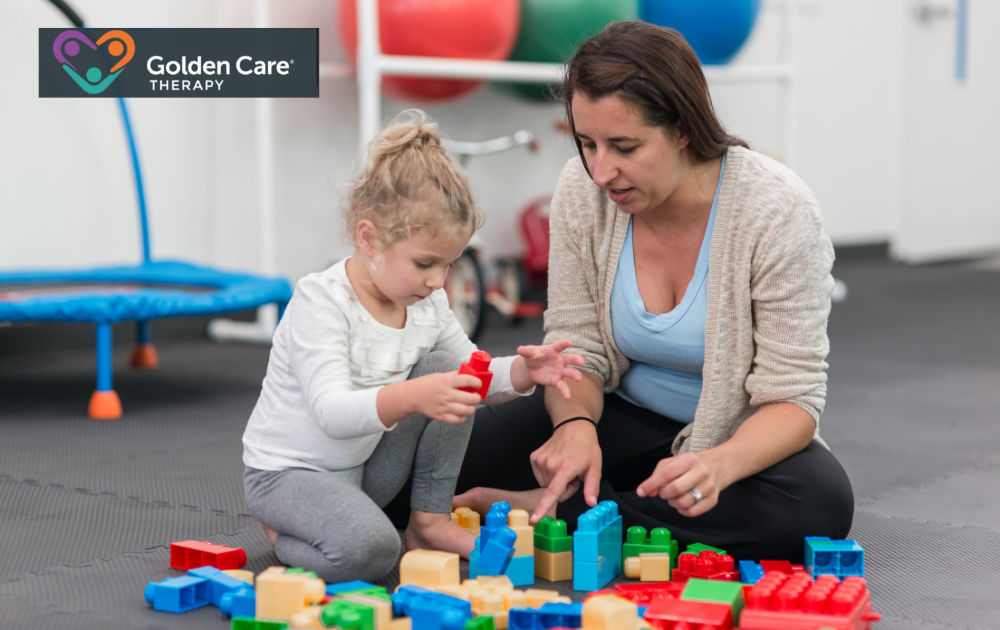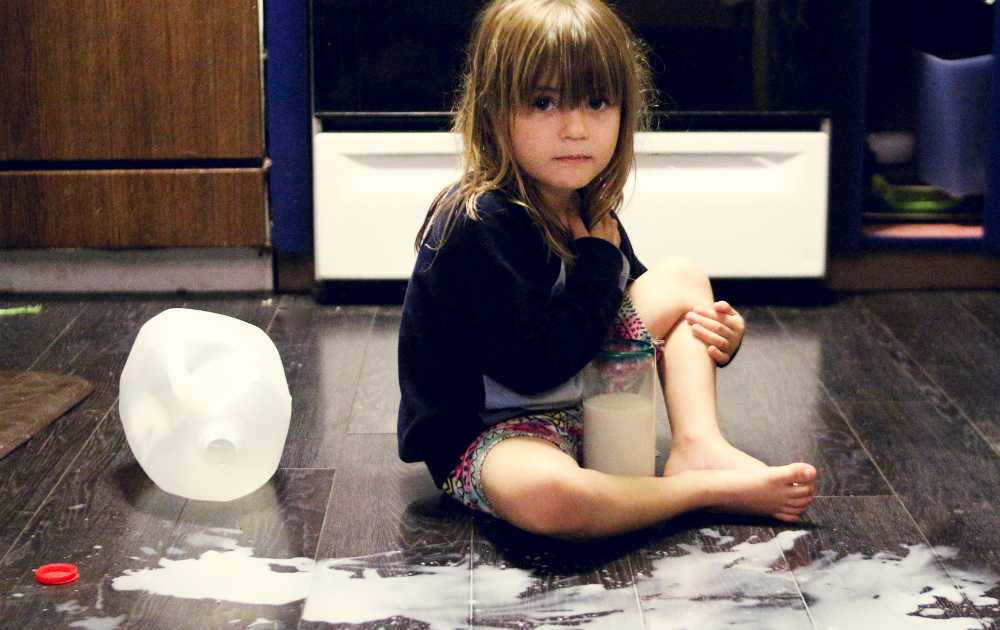Many people with autism often struggle with coordination and motor skills, leading to what we commonly call clumsiness. It’s not just about being accident-prone or bumping into things – there’s a deeper connection between autism and the way the brain processes movement.
This can make everyday tasks like running, jumping, or even holding a pencil feel more difficult. Understanding why this happens can help us be more supportive and create strategies to improve skills that might otherwise be challenging.
Let’s explore how autism and clumsiness are linked, and how these challenges can be managed.
What is Clumsiness?
Clumsiness refers to a lack of coordination and difficulty with tasks that require fine or gross motor skills. It is often characterized by poor balance, awkward movements, difficulty with tasks like writing, buttoning a shirt, or even running and jumping. In some cases, people with clumsiness may frequently drop objects, trip, or struggle to navigate crowded spaces.
While clumsiness is a trait seen in many children and adults, its presence in individuals with autism is more pronounced. Children with autism may struggle to perform everyday tasks that require coordination, which can impact their social interactions and academic performance.
The Link Between Autism and Clumsiness
Clumsiness and motor coordination difficulties are not exclusive to autism, but they are notably common among individuals on the autism spectrum.
Research indicates that motor difficulties affect around 80% of children with autism, and in some cases, this can extend into adulthood.
Autism itself is a neurodevelopmental disorder that affects the brain’s ability to process sensory input and manage social interactions. The difficulties that individuals with autism face in terms of clumsiness or poor motor coordination can stem from several interrelated factors:

Meanwhile, motor planning is the brain’s ability to plan and execute physical movements. It is also known as praxis. People with autism often struggle with motor planning, making it difficult for them to predict and carry out tasks that involve coordinated movements.
These difficulties can manifest as clumsiness, as individuals may have trouble adjusting their movements to fit different tasks, leading to more errors or physical mishaps.
How Clumsiness Affects Daily Life
Clumsiness can have significant effects on the daily lives of individuals with autism. Motor difficulties can impact several areas, including:
Social Interactions
Clumsy behavior can often make social interactions more challenging. Children with autism who are clumsy may feel self-conscious about their movements, leading them to avoid physical play or group activities. This, in turn, can affect their ability to form friendships and participate in group dynamics.
For example, they may hesitate to join a game of tag or feel embarrassed when they trip during physical activities, which could lead to social isolation.
Academic Performance
Clumsiness can also affect academic performance, especially in activities that require fine motor skills. Writing, drawing, and other classroom tasks may be more difficult for children with autism, leading to frustration and a lack of confidence.
In some cases, these challenges may be misinterpreted as laziness or a lack of effort, rather than being recognized as part of the child’s autism.
Physical and Emotional Well-Being
The physical aspects of clumsiness can result in injuries, which can, in turn, affect emotional well-being. Constantly tripping or dropping things may lead to negative self-perceptions and reduced confidence. Over time, this can lead to feelings of frustration, anxiety, or depression.
How to Manage Clumsiness in Autism
While clumsiness is a common characteristic of autism, it is important to understand that it does not define the person. With the right interventions and support, individuals with autism can improve their motor skills, build confidence, and lead active, fulfilling lives.
Here are some strategies that can be used to manage clumsiness in autistic individuals:

Occupational Therapy
Occupational therapy (OT) is one of the most effective ways to address motor coordination difficulties in individuals with autism. Occupational therapists use a variety of techniques to help individuals improve their fine and gross motor skills.
OT may include activities such as balancing exercises, handwriting practice, and coordination drills that help individuals with autism build strength and improve their motor planning abilities.
Through OT, individuals can develop skills to improve their coordination and increase their independence in daily activities, such as dressing, eating, and schoolwork.
Physical Therapy
For individuals with more significant physical challenges, physical therapy (PT) can also be beneficial. PT focuses on improving muscle strength, flexibility, and overall physical coordination. Exercises designed to improve posture, balance, and stability can help individuals with autism reduce clumsiness and improve their ability to participate in physical activities.
Social Skills Training
While motor coordination is the primary concern, it is important to address the social impact of clumsiness. Social skills training can help individuals with autism develop strategies to interact confidently with others, despite their motor challenges.
This might include teaching them how to navigate social situations with less anxiety, or how to handle moments of clumsiness in a way that reduces self-consciousness.
Technology and Support Tools
Advancements in technology have led to the development of various tools to help individuals with autism manage clumsiness.
For example, apps and games designed to improve fine motor skills can be both fun and educational. Some devices, such as balance boards or sensory-friendly clothing, can also help individuals feel more in control of their bodies and movements.

Family Support and Encouragement
Family members play a crucial role in supporting individuals with autism in managing clumsiness. Providing positive reinforcement, encouragement, and understanding can boost the individual’s confidence. It is also important for family members to model patience and empathy, particularly when clumsiness results in accidents or falls.
Clumsiness is a common, though often overlooked, challenge faced by individuals with autism. It is linked to sensory processing differences, motor planning difficulties, and other neurodevelopmental aspects of autism.
However, with the right interventions and support, individuals can overcome these challenges, improve their motor skills, and increase their overall confidence. At Golden Care Therapy, we provide tailored autism services in New Jersey, offering personalized ABA therapy to help individuals thrive.
Don’t wait any longer – reach out to us today to learn more about how we can help your child reach their full potential. Contact us now to schedule a consultation and start the journey toward progress.
Sources:



